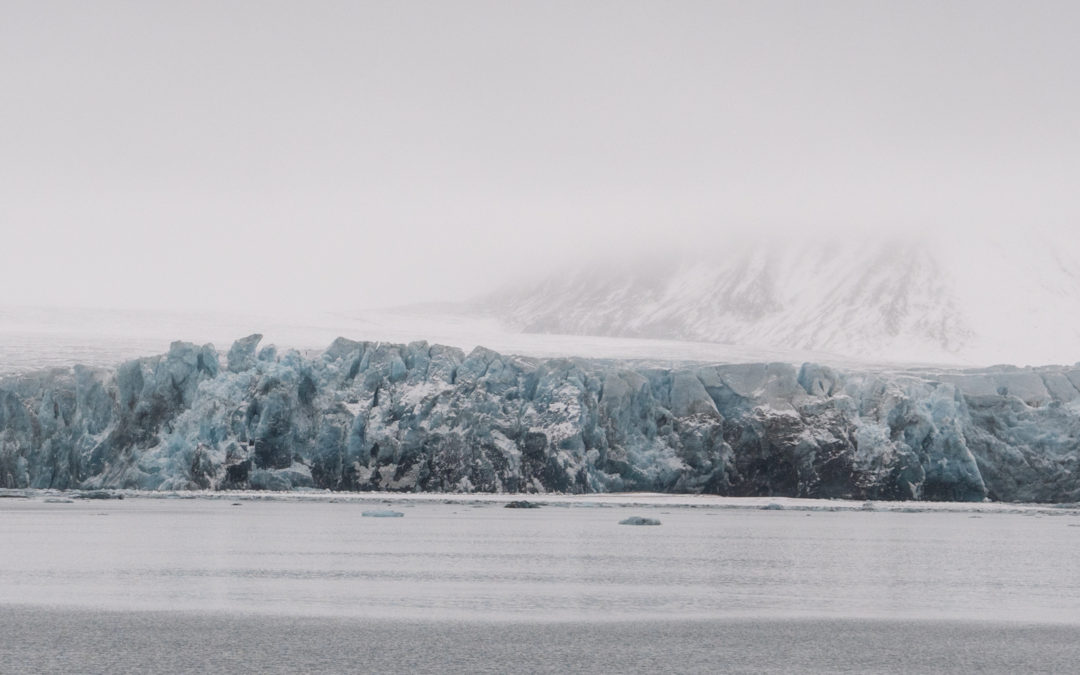
Whatever day it is, there are not enough synonyms for sublime
Svalbard Blues
The Mercurial blues of Svalbard tell us time is a-wasting and the days of glacier glow are passing.

The Mercurial blues of Svalbard tell us time is a-wasting and the days of glacier glow are passing.
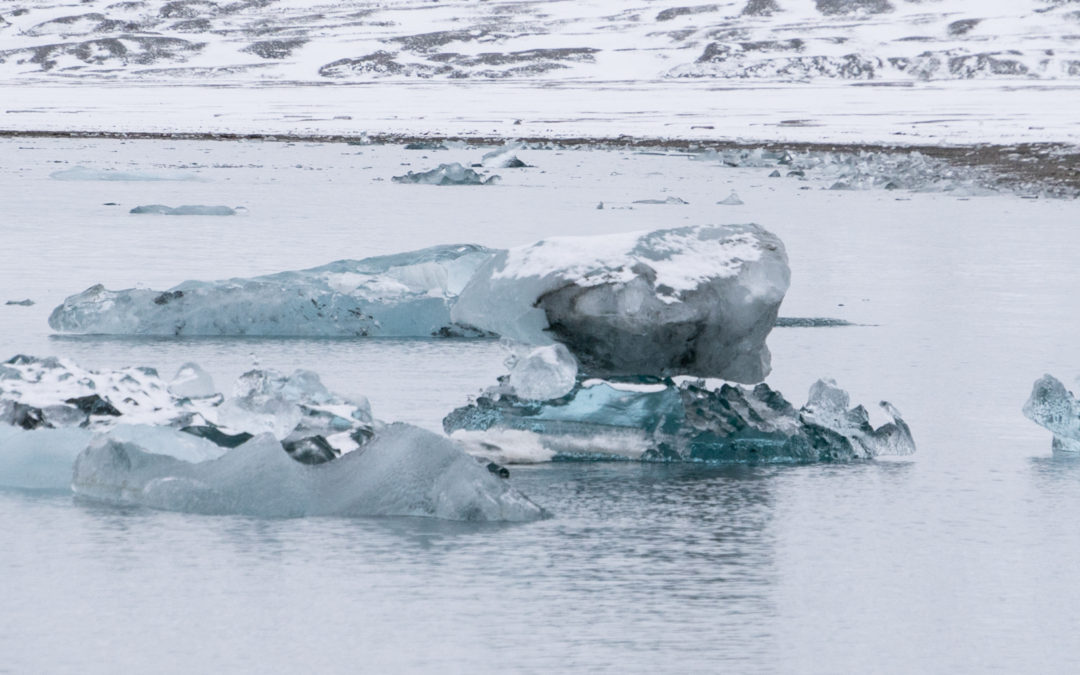
It appears that I am out of sync. Dates in my journal and dates on the photos and the memory of each day’s locations do not agree. I realized too late that I did not reset the day or time on my camera to the European time zone, so each day in Svalbard is split across two dates. The words below belong to the photos in the last post. This adds to the flow and non-flow of time in the Arctic. Read on.
The trip guides are four women, ~30-ish. Sarah is Dutch but has lived in Svalbard for ~10 years. Kristin and Åhsild are Norwegian, and Emma is Dutch-Australian and lives in London. Kristin and Åhsild are fantastic sources of information about glaciers, geology, currents, and animals, among other things. I haven’t spoken with Emma much yet. Sarah is the lead, well organized, and coordinated. It is an amazing dynamic. They carry weapons and flares and are layered in leather and Gortex, and each has wild hair that says, “Fuck you, patriarchy, I’m a woman, and I’m badass.” Sarah also brought her dog, Nemo, an old husky mix who is very cool and knows the ship routine. They inspire fun and joy and verve.
Lena says the captain looks and acts distressingly like an old boyfriend. Alas.
We were going to sail yesterday with the square sails but, when we got to the wind line at the mouth of Isfjorden, there was no wind. We motored to our next spot, another fjord – there are three openings at the mouth with a barrier island, a narrow strip of rock barely above water, that stretches almost the width of the opening, leaving a narrow channel on either side with wicked currents in each. We came in on the north side, then turned into a small bay with a glacier at the base. A narrow opening after a narrow opening. And we did a landing in the north wind along the spit at the mouth of the bay.
Loose ice from the glacier is piled up against the spit at the mouth. We were given another perimeter, along the moraine, above the main fjord. There is pancake ice packed there and beautiful crystal globes of ice from the glacier. A trapper’s rack hangs carcasses high above the beach out of non-climbing polar bears’ reach.
Motoring out in the morning yesterday, we passed a herd of reindeer, a sub-species only on Svalbard. They are shorter and bulkier and live on the few plants and lichens that live here. Their survival here is stunning.
There was a giant black guillemot colony on the cliff face at the mouth of Isfjorden. Kristin said sailors all know this as the entrance to the Isfjorden. It was a massive triangular wall – I don’t think I took a photo in the end – though I have taken a thousand photos already. So much to see. Landscapes, of course, but also patterns and textures, colors, skies.
Birds on the water – non-sailing yesterday, we saw a lot of birds on the water. Not the summer din and numbers but nice to see eiders, guillemots, a tubenose – fulmar (maybe?), gulls. There were some auks, I think also. The eiders dove and flew ahead of the ship as we came to anchor. I tried to get a few in flight, alongside the boat and water.
The water is sublime. As we left anchor yesterday morning, we moved through pancake ice, very thin and newly formed. This time of year, the freshwater is still flowing into the fjords. Since it is less dense than saltwater, it floats on the surface and freezes easily and earlier than the saltwater. If it stays cold with an early winter, it often holds and thickens.
We have had beautiful days –sun and warm air for this time of year. The sailing wind did not come in yesterday when we wanted to sail, but it arrived when we got into the bay and was brutal on the shore. Odd since we were in the protected fjord by then. The crew is talking about the north winds, how strange and strong they are. There are three low-pressure cells backed up to the south of Svalbard being fed energy from northern high pressures, so it is uncertain what will come from that.
I love the sweater I bought in Longyearbyen and can’t imagine where I would be without it.
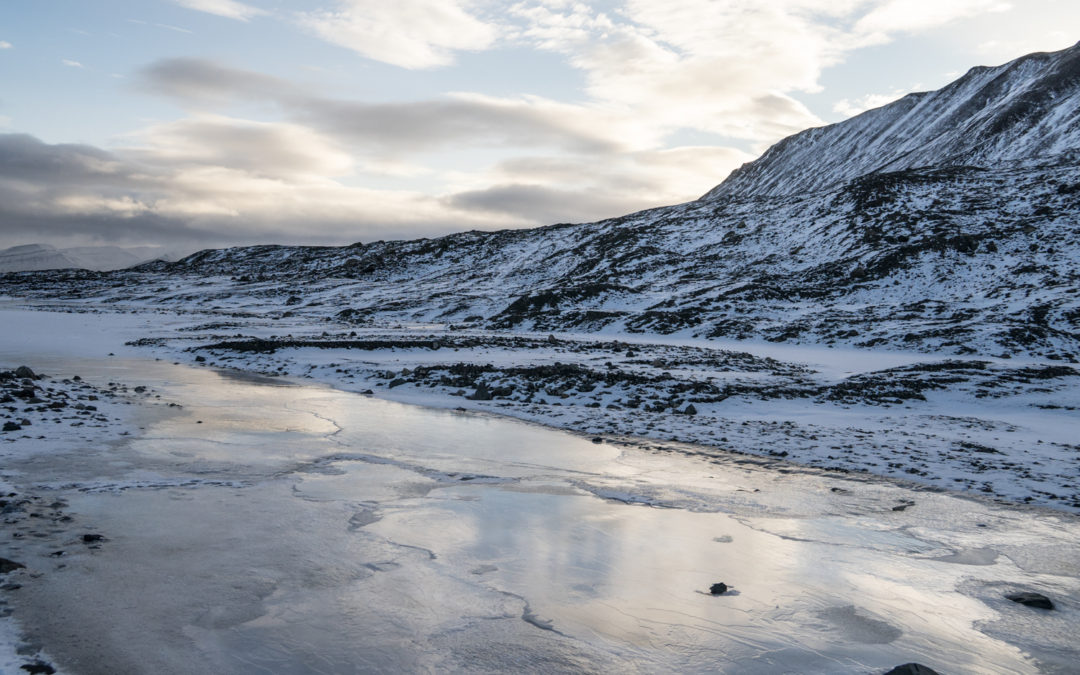
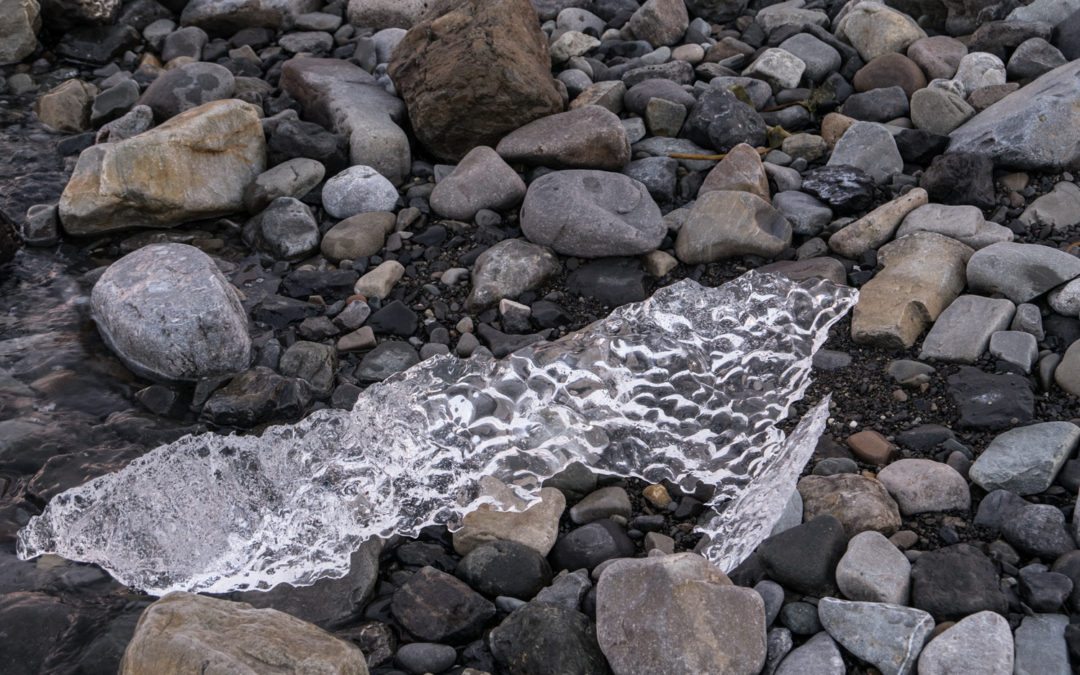
I’m already having trouble finding space. It’s just after 0600; the kitchen is waking up. I thought I would have time before everyone else got up.
Ok. So, finding space for myself in this landscape of space. This is a different experience from Cooper. Of course, I knew that. Still. Everyone is great, and I know we will find our way in between and around each other. I am less consistently exposed to so many people all at once. I suppose it’s good for me and part of the need to be open and expand to new horizons.
I was on deck last night for a while. It was mild (relative), and the sky was bright. The moon was behind a hill, there were clouds scattered across the horizon, the ~360º horizon, and small lights began to the north. Green and white, gentle, shimmering, and pulsing, and then the slow curtain and swirl along the horizon. They shift so suddenly and dramatically, I thought I would end up with big blobs of color in the photos—and some I did, but others showed patterns I didn’t see. The traces must be in the air but not so vividly clear that I can see them. The long exposures apparently allow them to be visible. That is my guess, anyway.
When I was still at home in June or July, M texted that I need to up my game for this experience. I suppose yes. And yet. Everyone has some form of art background, teachers, writers, professors, filmmakers, etc. All have years of experience or are young and creative and ambitious. They all have defined ideas of what they want from this trip, what they will create, and what that means. I’ve repeatedly said that I will tie Cooper and Svalbard together, but it seems unreasonable now and unlikely and almost unnecessary. Each person asks what are you doing and what do you want to accomplish today. I want to be. I want to see. I want to find what is here not force my thought of what I should be doing on the landscape. Is that a cop-out? Maybe just a different approach, a different perspective. I want to see what is here, not what I want to see in the landscape. I don’t want to impose my expectations onto a place that has no expectations of me and no chance to respond or indicate its desire for me to see it from its perspective.
Very anthropomorphic. Yes.
But as the trees connect and communicate, I believe that the landscape speaks a slow language of time and rock, ice and water. Like the Ents, anything that is worth saying is worth saying slowly and clearly. Geologic time is about as slow as our world knows. The glacier we are anchored on, Esmarkbreen, is surging now, moving quickly forward and, simultaneously, it is retreating. The land-fast glaciers are becoming less so – slick meltwater is finding its way underneath and allowing more motion. When it hits the sea, it calves, and another piece of the language drops away into a new slang word. And a little bit of the old way disappears.
As I am a rookie in the ways of art, my companions are rookies in the way of the north and the outdoors and the wild and the wilderness. And what is wild anymore? NYC is wild to me – a humanity free-for-all that locks people into isolation, unnaturally creating boundaries between people who live a few feet from each other and who cross paths daily without acknowledging or identifying each other. Like rats in overcrowded colonies. Maybe I am justifying my point of view rather than exploring different sides. Two minds – focus and unite. I only need to identify the path that interests me not badmouth the path that doesn’t. That has long been my trait, hasn’t it? Funny that this idea comes to me now. Since I was a child, I remember saying, “Oh, I don’t want that…” Often about unattainable things. Many of these things were desirable, but out of reach. Rather than fight to create the possibility, I dismissed them, without identifying what I did want. I know I’ve written this before. Perhaps I’ve been poised at this point my whole life but never clarified the path I wanted, and so, have stayed on the unidentified, undefined course.
That path led me here.
What do I do with this?
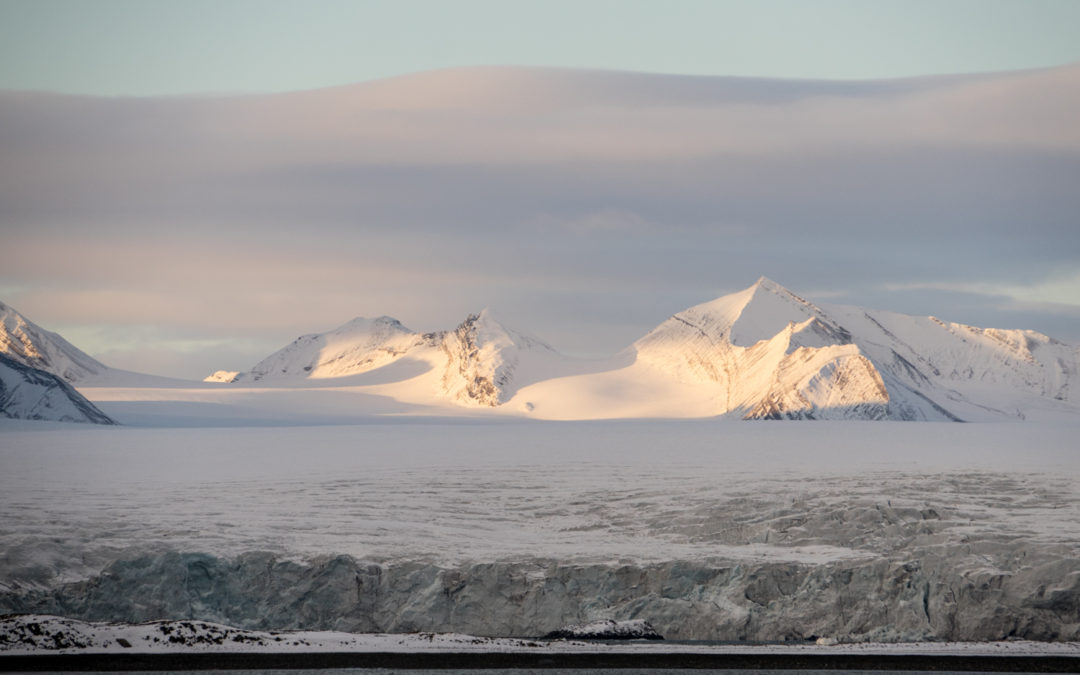
Sky, water, snow, mountains, and light all come together, fading one into the other or standing rigidly separate. Hard lines between water and mountains and mountains and sky are few. Ice and rock, clouds and light bridge the gaps, creating an infinite variety of landscapes. An occasional reality check, a Rubik’s cube, another boat, or a man-made object bring the focus back to every day, the mundane, the necessities of human life in the Arctic. But the sky and the landscape are the stuff of dreams.
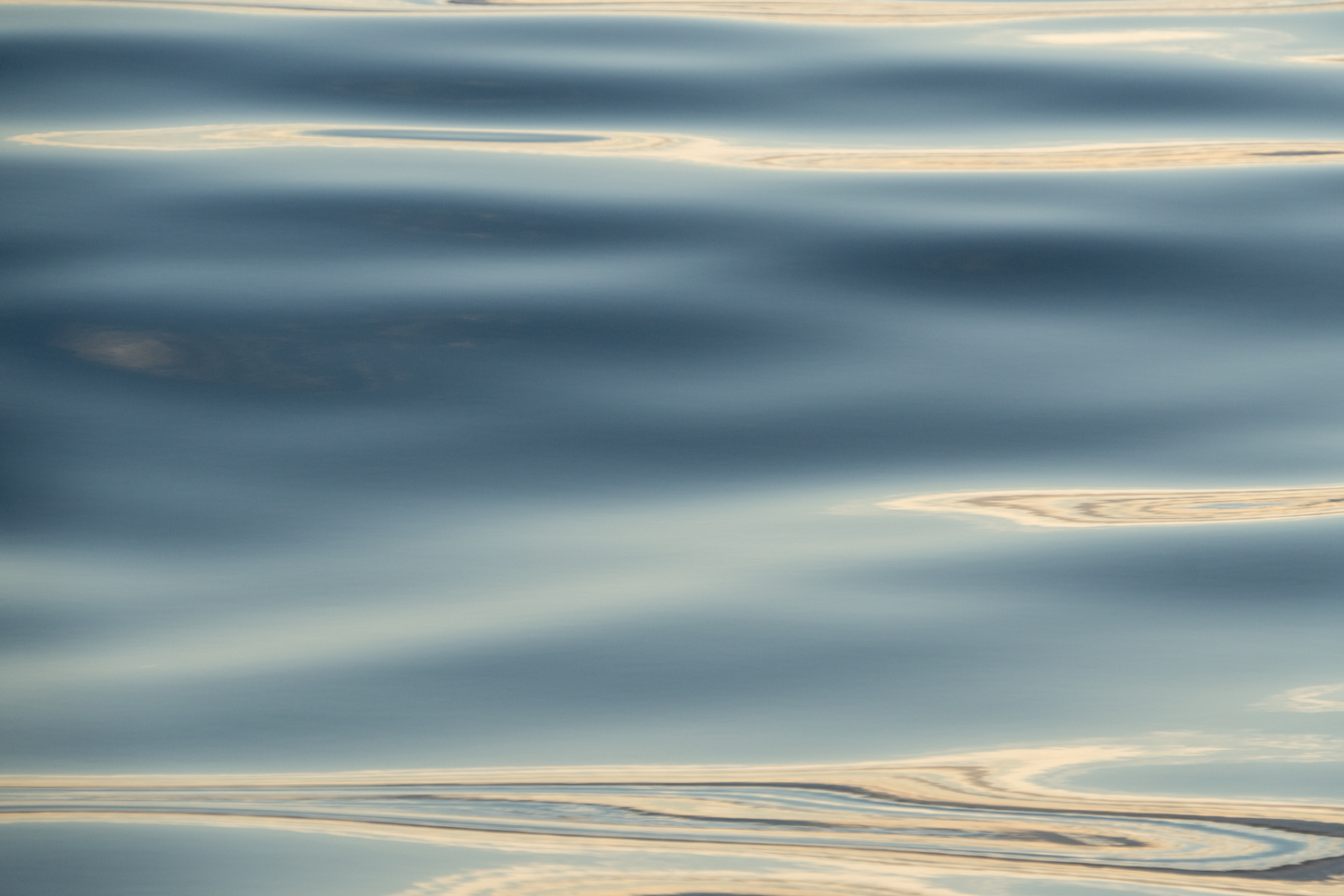
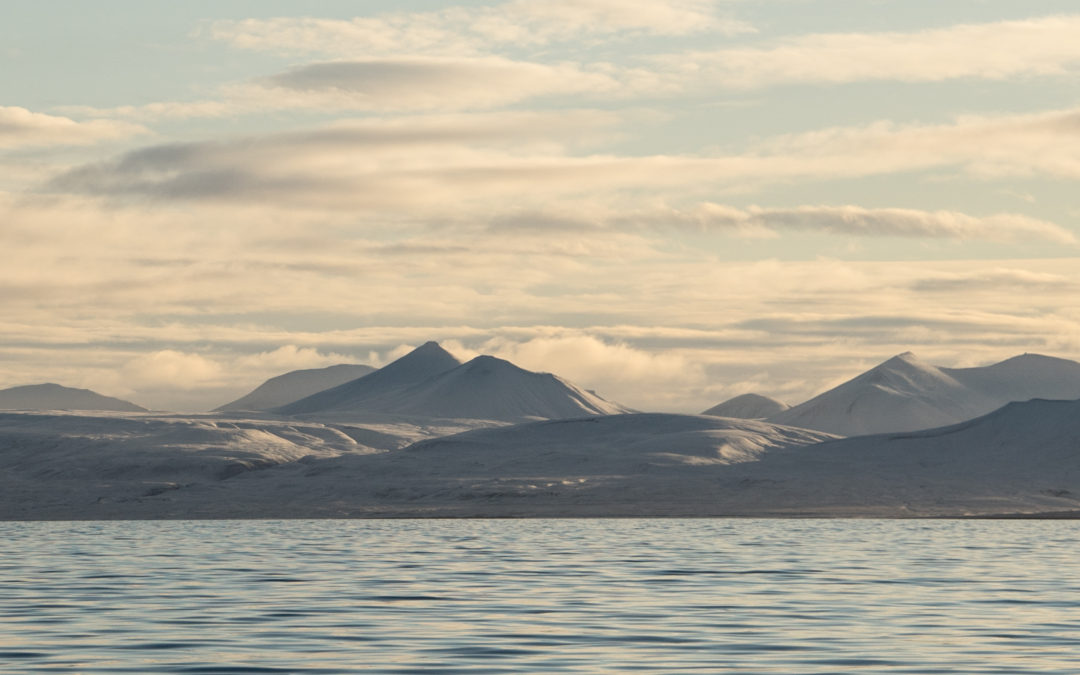
At some point during my trip, I realized that I never changed the date and time on my camera to reflect the European time zone. Photos I take on one day appear with a different day and time than when I took them. Time becomes irrelevant and the bright days flow into cold, star-filled nights. The textures of water, clouds, and mountains shift with the morning and evening light, the wind, and the speed of Antigua.